
OR
How do we resolve the Jammu Kashmir dispute?
Published On: August 5, 2020 01:20 PM NPT By: Dr. Majhar Javed
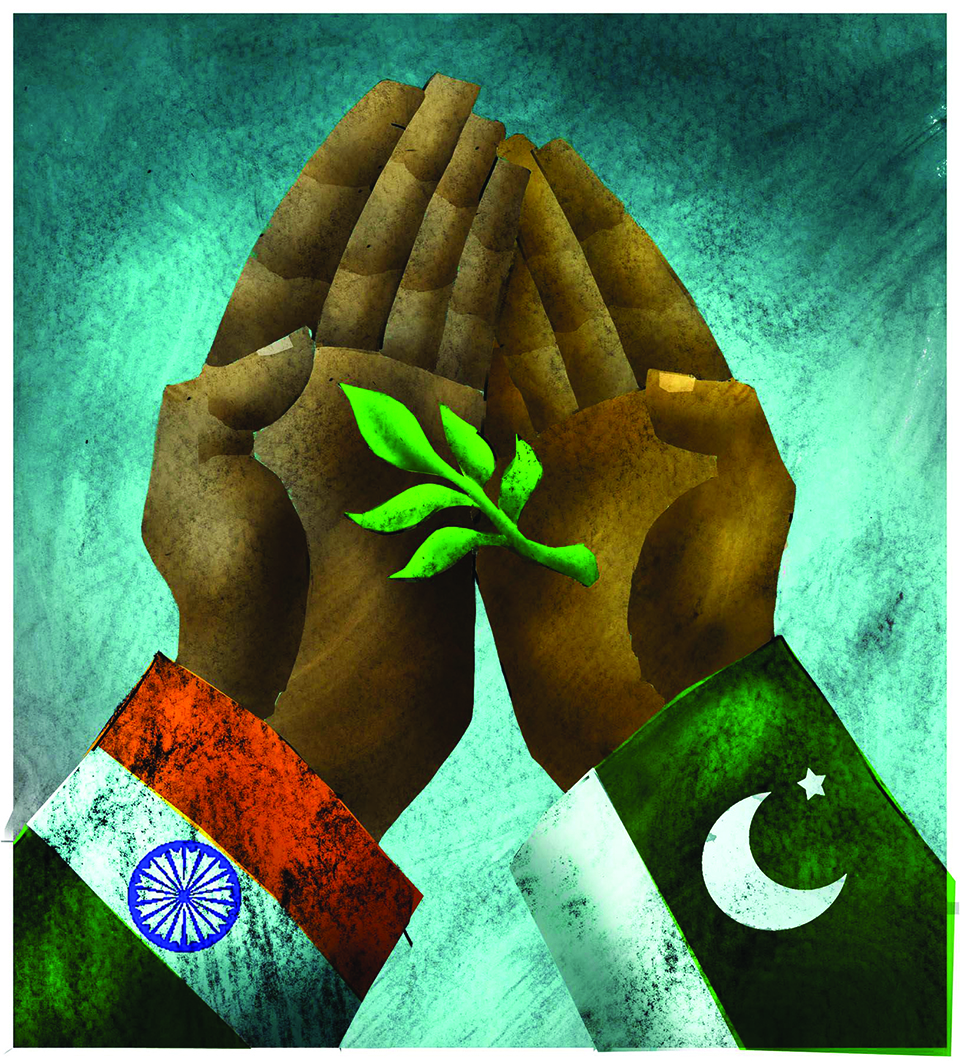
More from Author
August 05, 2020 completes one year since India’s illegal action to revoke the Article 370 of its constituion. This Article had given a Special Status to the Indian Illegally Occupied Jammu and Kashmir (IIOJK).
India’s illegal action of August 5 opened doors to Indians to settle in this disputed territory, and hence change its demography. This contradicted several UN Security Council resolutions which require the future of Jammu Kashmir to be decided by none other than the people of Jammu Kashmir through a plebiscite. The Indian action was obviously in clear violation of the UN Charter and several other Security Council resolutions. The violation was glaring.
Three days later, on August 08, UN Secretary General António Guterres urged against “taking steps that could affect the status of Jammu and Kashmir”. A week later, the UN Security Council met to discuss Jammu Kashmir; this was the first such discussion at the UNSC after a gap of nearly half a century. On January 15, the UNSC met in Jammu Kashmir and received briefings from UN and UNMOGIP representatives.
Again, in February this year, the UN Secretary General visited Pakistan, where he emphasized that, “Diplomacy and dialogue remain the only tools that guarantee peace and stability, with solutions in accordance with the Charter of the United Nations and the resolutions of the Security Council”.
This series of statements and meetings at the United Nations echoed what Pakistan has been saying now for decades. These developments cleared the misperception that had been created over the years by Indian propaganda machinery, undermining the disputed status of Jammu Kashmir, and the centrality of the right to self-determination of the people of Jammu Kashmir and the UN Resolutions. That the final disposition of Jammu Kashmir is to be decided by its people as per the UN resolutions was never a matter of even the slightest doubt for those familiar with the UN systems and international affairs.
When the OIC Contact Group on Jammu Kashmir met in September 2019 on the sidelines of the UN General Assembly, it reemphasized its oft stated position; it called for a peaceful settlement of the dispute in accordance with the relevant UNSC resolutions through a UN supervised plebiscite.
India’s illegal action of August 05 was accompanied by a steep rise in human rights violations against millions of unarmed civilians in, what many called, “the largest open prison in the world”. Tales of atrocities that could permeate through an opaque media blockade were horrendous. A military siege with arrest and torture of 13,000 young Kashmiris; night raids, rape, months long crippling curfew, with complete shut down of internet, paralyzing daily lives and cutting off millions of Kashmiris from the rest of the world. All this was preceded by deployment of additional 180,000 security personnel on the top of 700,000 already present; a concentration that had [already] earned the illegally occupied territory the dubious distinction of being the most heavily militarized place in the world.
At the time when Indian government was claiming normalcy there, The New York Times was saying, “Our Cameras contradict India’s official story”; Human Rights Watch was saying, “Indian government can’t just claim to be lifting restrictions in Kashmir, but needs to ensure that everyone’s rights are respected,”. Similar were the stances of the UN Human Rights Commissioner and global human rights organizations. Contradictions were far too obvious to be missed. One year down the line, one wonders how have these developments affected the long outstanding Kashmir dispute; and the prospect of durable peace in the region and beyond. A review of the year vindicates Pakistan’s long standing positions on Jammu Kashmir on various accounts.
One, Pakistan had all along sought to resolve the dispute peacefully and in accordance with the UN resolutions. That was amply emphasized by the UN [as also by other international voices] in the last one year.
Two, Pakistan had for decades been highlighting the brutalities being committed by the Indian forces against the innocent people, which had steeply risen in recent years, both in scale and in gravity. In June 2019, Amnesty International captioned its report, “Tyranny of a Lawless law”. Name tells the tale. A year earlier, the UN Human Rights report had urged “establishing a Commission of Inquiry to conduct a comprehensive independent international investigation into allegations of human rights violations…..”.
Indian high handedness stepped up post-August 05 and captured the headlines and the electronic screens all over the world; revealing the discrepancy between the Indian claims of normalcy and the reality on the ground.
Three, that the unresolved status of Jammu Kashmir has long been the biggest obstacle to peace in South Asia. Durable peace and stability in the region would remain elusive till the resolution of Jammu Kashmir dispute. That reminds me of the European Union Statement at the Human Rights Council in September last year, which read, “In a moment of rising tensions in different regions around the world, no one could afford another tension in Kashmir”.
On all these accounts, the world was echoing what Pakistan had been saying for long.
What then needs to be done ? Solution to the problem doesn’t need to be “discovered”. It has been staring at our faces for more than seven decades. Several UN resolutions were agreed to by India, Pakistan and the International community. These resolutions guarantee the right to self-determination of the people of Jammu Kashmir; exactly what Kashmiris have been struggling for.
The international community and all the peace and freedom loving people in the world need to demand an implementation of the resolutions that respect the rights of the Kashmiri people. That is the only way to resolve the dispute and usher in durable peace stability in the region and beyond.
Javed is ambassador of the Islamic Republic of Pakistan to Nepal.
You May Like This
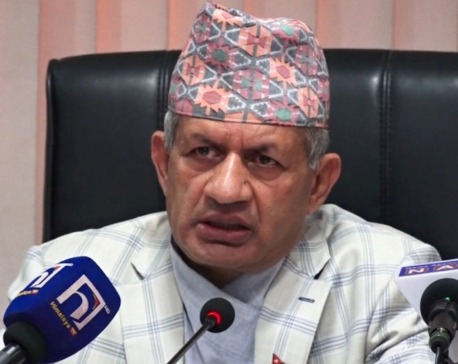
Kashmir dispute should be resolved through dialogue, says Foreign Minister Gyawali
KATHMANDU, Aug 19: Minister for Foreign Affairs Pradeep Kumar Gyawali on Monday said that Nepal is closely following the evolving... Read More...

India urges Pakistan to reconsider decision to downgrade ties (with statement)
NEW DELHI, Aug 8: India on Thursday urged Pakistan to review its decision to downgrade diplomatic ties over the withdrawal... Read More...
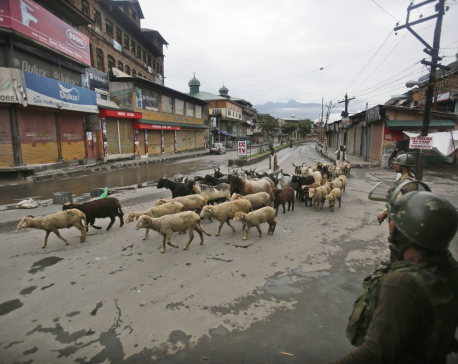
India eases restrictions in Kashmir for Islamic festival
NEW DELHI, Aug 11: Authorities in Indian-administered Kashmir say restrictions have been eased in most parts of Srinagar, the main city,... Read More...




Just In
- Nepal's ready-made garment exports soar to over 9 billion rupees
- Vote count update: UML candidate continues to maintain lead in Bajhang
- Govt to provide up to Rs 500,000 for building houses affected by natural calamities
- China announces implementation of free visa for Nepali citizens
- NEPSE gains 14.33 points, while daily turnover inclines to Rs 2.68 billion
- Tourists suffer after flight disruption due to adverse weather in Solukhumbu district
- Vote count update: NC maintains lead in Ilam-2
- NAC's plane lands at TIA after its maintenance in Israel



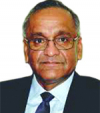


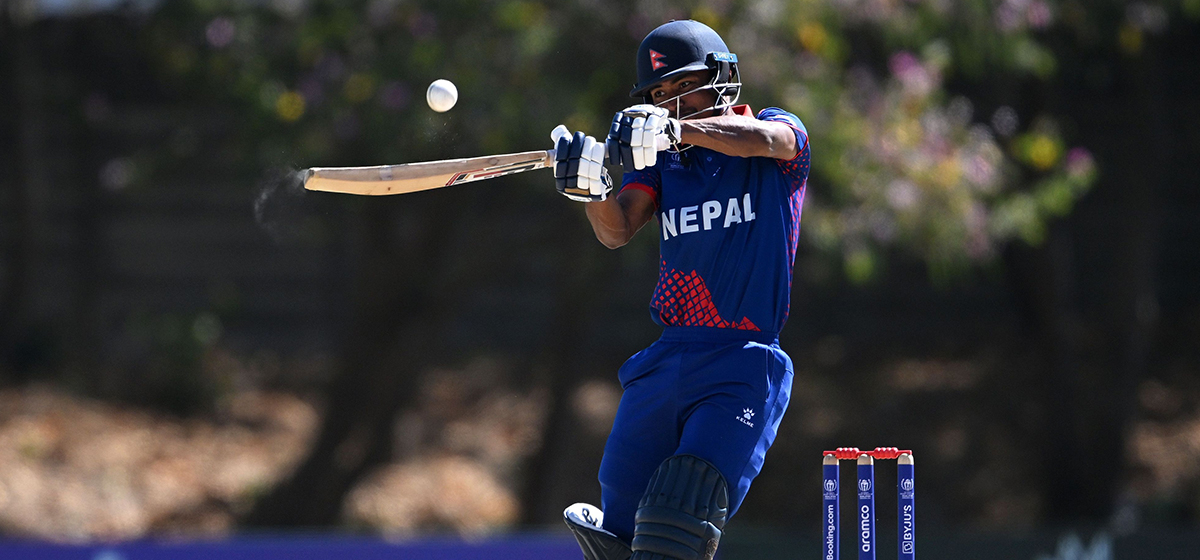






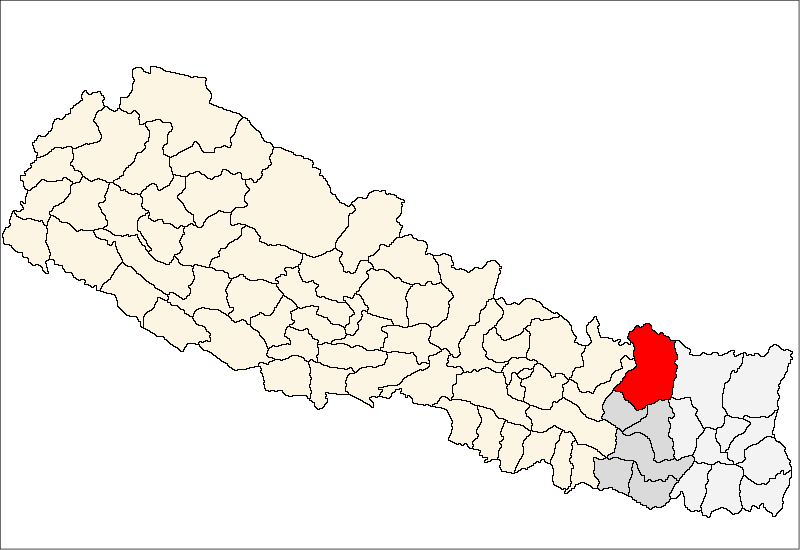

Leave A Comment